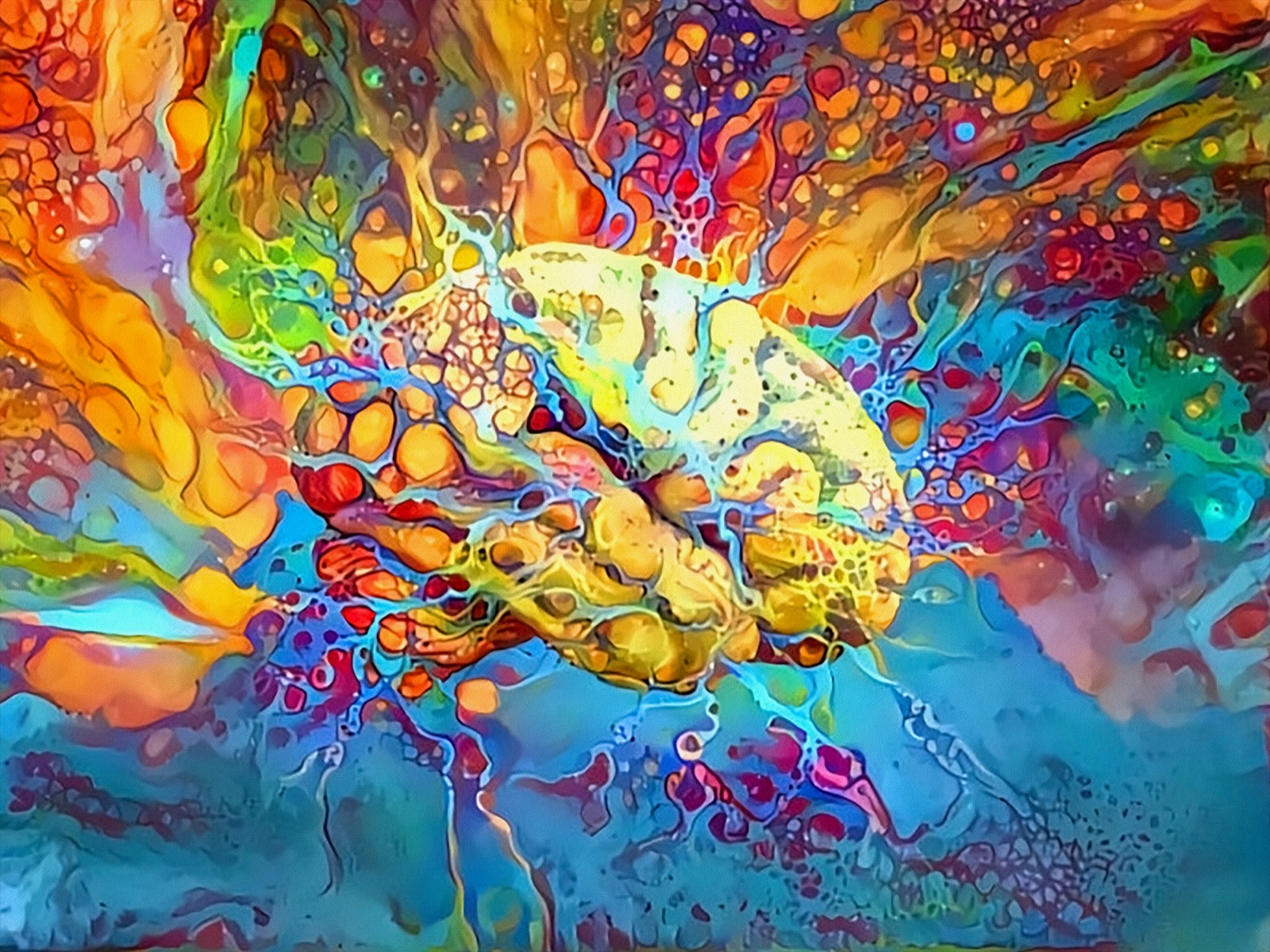Just How Trump Art Influences Public Perception of Political Numbers
Just How Trump Art Influences Public Perception of Political Numbers
Blog Article
Delving Into the Diverse World of Artistic Expression: From Surrealism to Abstract Realism
In the world of creative expression, from the dreamlike landscapes of surrealism to the intricate play of light and type in abstract realistic look, artists have continually pushed the limits of creative thinking and imagination. As we explore the complex world of art, we are provided with a tapestry of designs, techniques, and ideologies that challenge our understanding and prompt reflection.
Surrealism: Releasing the Subconscious
Surrealism, a progressive artistic movement of the 20th century, delved into the depths of the subconscious, unveiling a world of dream-like images and unusual associations. Pioneered by musicians like Salvador Dali, René Magritte, and Joan Miró, Surrealism sought to test the conventional methods of seeing and comprehending art. With methods such as automatism and dream analysis, Surrealist artists aimed to tap right into the unconscious mind to expose covert truths and desires.
One of the crucial elements of Surrealism was the emphasis on the unreasonable and the exceptional. By integrating unexpected aspects in their works, Surrealist artists aimed to create a sense of disorientation and surprise in the audience. This interruption of logic and reason was indicated to prompt a deeper expedition of the subconscious and the mysteries of the human mind.
Abstract Realistic Look: Redefining Understanding
Testing typical creative boundaries, Abstract Realism redefines perception with the blend of well-known aspects with abstract kinds. This cutting-edge strategy to art combines the representational precision of realism with the imaginative liberty of abstraction, supplying customers a special aesthetic experience that triggers them to examine their assumption of reality.
In Abstract Realism, artists aim to record the significance of their topics while additionally instilling their collaborate with a feeling of depth and complexity via abstract elements. By blending the accustomed to the unknown, these artists welcome audiences to engage with their pieces on several levels, motivating them to check out the nuances of color, appearance, and form.

Cubism: Fragmentizing Reality
Making use of fragmented perspectives and geometric kinds, Cubism reinvented the creative representation of fact in the early 20th century. This approach not just deconstructed truth yet additionally emphasized the flatness of the canvas, leading the way for future abstract art movements.

Cubism can be categorized right into two main stages: Analytical Cubism, defined by single color pattern and elaborate, fragmented types; and Synthetic Cubism, which integrated collage components and brighter colors into the structures. With these distinct phases, Cubism influenced not only paint but likewise layout, design, and sculpture. trump art. Its effect reverberated throughout the art globe, inspiring artists to check out new ways of representing the globe and translating around them
Expressionism: Emotions on Canvas
Checking out the depths of human emotions via meaningful and vibrant brushstrokes, Expressionism emerged as an extensive imaginative movement look these up in the early 20th century. Unlike previous art movements that focused on depicting the outside world, Expressionism dug into the interior world of the artist's subconscious, aiming to evoke raw emotions and provoke visceral actions from viewers.
Expressionist musicians, such as Edvard Munch, Egon Schiele, and Emil Nolde, denied conventional ideas of elegance and realistic look in support of misshaping type and shade to convey subjective feelings. The usage of exaggerated brushwork, strong shades, and distorted numbers helped produce a feeling of unease, alienation, or enthusiasm in their jobs.
One of the most renowned examples of Expressionism is Munch's "The Scream," which catches the extreme anxiety and anguish of modern-day life through its swirling, distorted figure versus a blood-red skies. Through their mentally billed works, Expressionist artists sought to test standard artistic norms and supply a home window into the rough depths of the human soul.
Contemporary Art: Advancing Perspectives

Among the defining qualities of modern art is its consistent development and ability to adjust to changing social read the article landscapes. Musicians are increasingly including innovation into their technique, obscuring the lines between the physical and digital worlds. This blend of tools permits cutting-edge methods of narration and engaging with target markets in a more interactive fashion.
Furthermore, contemporary art usually functions as a system for social commentary, dealing with pressing issues such as identification, politics, and the setting. Artists are using their job to provoke and trigger important conversations idea, dropping light on the intricacies of the globe we stay in. As point of views continue to progress, contemporary art continues to be a vibrant and prominent pressure in forming our cultural landscape.
Final Thought
To conclude, the globe of artistic expression incorporates a variety of designs and activities, each with its very own distinct approach to sharing meaning and emotion. From surrealism's exploration of the subconscious to abstract realistic look's redefining of understanding, and from cubism's fragmentation of truth to expressionism's representation of emotions, art proceeds to progress and challenge viewpoints - trump art. Contemporary art mirrors the ever-changing world we reside in, providing new means to analyze and comprehend the complexities of our fact
As we discover the complex globe of art, we are presented with a tapestry of designs, strategies, and viewpoints that test our understanding and provoke contemplation. Its impact reverberated throughout the art world, inspiring musicians to explore new means of standing for the world and translating around them.

Report this page